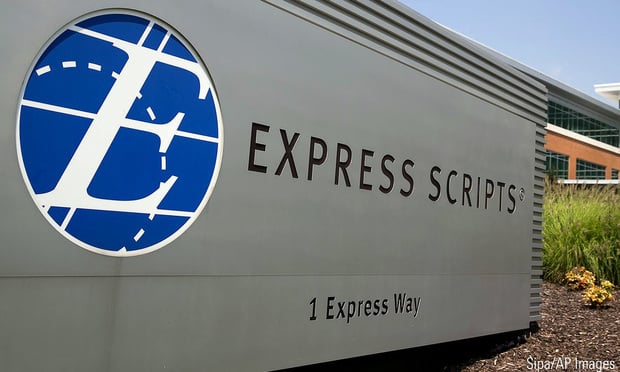Half of those who still lack health insurance are eligible to receive subsidized health care through the Patient Protection and Affordable Care Act.
A new study by the Kaiser Family Foundation finds that of the 32.3 million non-elderly Americans without health coverage, 49 percent could either sign up for Medicaid or receive financial assistance to purchase insurance on the PPACA insurance exchanges.
Ten percent of the total number of uninsured are children who are eligible for CHIP, the youth Medicaid program. Seventeen percent are Medicaid-eligible adults and 22 percent are people who could receive subsidized care through the PPACA marketplace.
But that means there remain 51 percent — or roughly 16 million people — who lack insurance but are not able to receive any government support in order to get it.
Fifteen percent of the uninsured are ineligible because of their immigration status. In recent weeks some Democrats have called for opening the PPACA exchanges up to undocumented immigrants, a proposal that is a non-starter in a GOP-controlled Congress.
Another 15 percent of the uninsured are ineligible for subsidies because they are able to get insurance through their employer.
Only 12 percent of the uninsured are ineligible simply because they have too much money to qualify for subsidies.
Finally — and perhaps most important politically — 10 percent of the uninsured are ineligible for both Medicaid and marketplace subsidies because they fall into the "coverage gap" created by states that refused to participate in the federally-funded Medicaid expansion that was a key component of PPACA. That means they make too much money to qualify for their state's Medicaid program but too little to qualify for premium marketplace tax credits.
In the states that didn't expand Medicaid, the "coverage gap" people account for 19 percent of the uninsured. In fact, only 3 percent of the uninsured in such states are Medicaid-eligible.
In contrast, in states that did expand Medicaid, 30 percent of the uninsured are Medicaid-eligible.
As PPACA open enrollment approaches its two year anniversary, getting those who remain without insurance onto the health care rolls is going to be tough.
Kaiser concludes: "(T)here are still substantial opportunities to increase coverage by reaching those who are eligible for help under the ACA, but the breakdown of who the remaining uninsured are suggests that many may be difficult to reach and will still remain uninsured."
© 2025 ALM Global, LLC, All Rights Reserved. Request academic re-use from www.copyright.com. All other uses, submit a request to [email protected]. For more information visit Asset & Logo Licensing.







